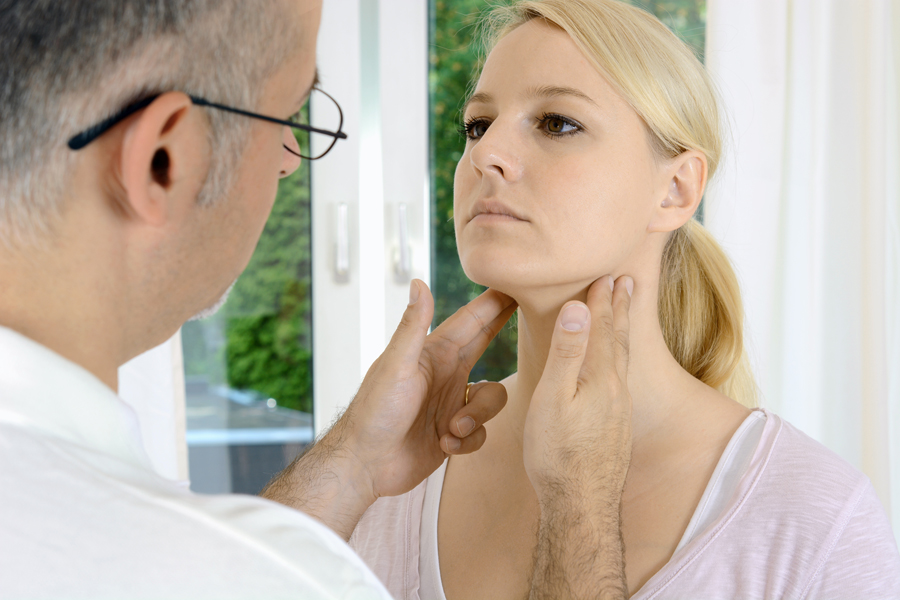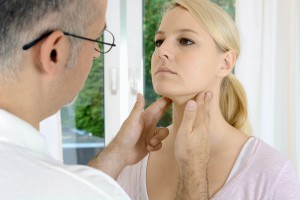Quality of Life for Lyme Disease patients in the Netherlands can be grim

Three trials sponsored by the National Institutes of Health (NIH) in the USA have demonstrated the poor Quality of Life (QOL) for patients diagnosed with Lyme disease. [1,2] A recently published clinical trial in the Netherlands entitled "Persistent Lyme Empiric Antibiotic Study Europe (PLEASE)" found the Quality of Life for Lyme disease patients in the Netherlands was equally as poor.
by Daniel J. Cameron, MD MPH
Participants in the PLEASE trial were scored using an SF-36 physical component of Health (PCS) scale. Their PCS scores of 31 to 32 were worse than those of a diabetic and cancer patient. [3] These patients’ PCS scores have been 42 and 41, respectively. While PCS scores have been reported to be 50 for the general population. [4]

The author of a companion editorial tried to dismiss the significance of such poor outcomes. “These patients may, however, take small comfort in a recent study of longer-term outcomes after culture confirmed Lyme disease that showed that mental and physical health scores had returned to baseline scores similar to those of the age adjusted U.S. population,” concluded Melia from Johns Hopkins University School of Medicine. [5]
However, the study described by Melia does not necessarily offer such great comfort to patients upon closer inspection. In the longer-term outcome study, 11% of participants suffered from Post-Treatment Lyme disease Syndrome (PTLDS) 11 to 20 years after treatment. [7]
PTLDS is described as “persistent symptoms, defined by either fatigue, musculoskeletal pain in at least three areas of the body, and/or cognitive complaints of difficulty finding words, focusing, concentrating or memory impairment and functional impairment on a Short Form (36) Health Survey (SF-36).” [7]
Nor can Lyme disease patients take comfort when reviewing the findings of another long-term outcome study conducted at Johns Hopkins University School of Medicine. Investigators reported that 11 (14.47%) of their patients suffered from PTLDS at either the 6- or 12-month follow-up visit, despite receiving a one-time, 3-week course of doxycycline. An additional 29 (38.16%) remained symptomatic. Only 36 (47.37%) of the Johns Hopkins patients returned to their usual health at six and twelve months. [7]
The study investigators did not call for better outcomes. [3,5,8] They could have encouraged doctors to avoid treatment delays, which average 1.9 years. [3]
In addition, the investigators could also have recommended patient evaluations for co-infections (e.g., Babesia) that would require alternative treatment. [9]
Finally, investigators could have advised alternative treatment regimens rather than a two-week course of intravenous (IV) Ceftriaxone followed by a 12-week oral course of Doxycycline, Clarithromycin plus Hydroxychloroquine, or placebo.
For example, the PLEASE investigators could have prescribed 4 weeks of IV Ceftriaxone instead of two [10,11], given that 4 weeks of IV Ceftriaxone has already been shown to be more effective for chronic manifestations of Lyme disease. Four weeks of IV Ceftriaxone was more effective than placebo in one of the Krupp NIH-sponsored clinical trials. [12] Ten weeks of IV Ceftriaxone was more effective than placebo for fatigue but not for cognitive function in the Fallon NIH-sponsored clinical trial. [2]
To learn more about the Netherlands clinical trial results, watch the All Things Lyme video blog, Netherlands Trial Does Not Support Short-term Therapy for Lyme disease.
References:
- Klempner MS. Controlled trials of antibiotic treatment in patients with post-treatment chronic Lyme disease. Vector Borne Zoonotic Dis. 2002;2(4):255-263.
- Fallon BA, Keilp JG, Corbera KM, et al. A randomized, placebo-controlled trial of repeated IV antibiotic therapy for Lyme encephalopathy. Neurology. 2008;70(13):992-1003.
- Berende A, ter Hofstede HJ, Vos FJ, et al. Randomized Trial of Longer-Term Therapy for Symptoms Attributed to Lyme Disease. N Engl J Med. 2016;374(13):1209-1220.
- Cameron D. Severity of Lyme disease with persistent symptoms. Insights from a double-blind placebo-controlled clinical trial. Minerva Med. 2008;99(5):489-496.
- Melia MT, Lantos PM, Auwaerter PG. Lyme Disease: Authentic Imitator or Wishful Imitation? JAMA neurology. 2014.
- Weitzner E, Visintainer P, Wormser GP. Comparison of males versus females with culture-confirmed early Lyme disease at presentation and at 11-20 years after diagnosis. Diagn Microbiol Infect Dis. 2016.
- Aucott JN, Soloski MJ, Rebman AW, et al. CCL19 as a Chemokine Risk Factor for Post-Treatment Lyme Disease Syndrome: A Prospective Clinical Cohort Study. Clin Vaccine Immunol. 2016.
- Wormser GP. Longer-Term Therapy for Symptoms Attributed to Lyme Disease. N Engl J Med. 2016;375(10):997.
- Diuk-Wasser MA, Vannier E, Krause PJ. Coinfection by Ixodes Tick-Borne Pathogens: Ecological, Epidemiological, and Clinical Consequences. Trends Parasitol. 2015.
- Logigian EL, Kaplan RF, Steere AC. Chronic neurologic manifestations of Lyme disease. N Engl J Med. 1990;323(21):1438-1444.
- Logigian EL, Kaplan RF, Steere AC. Successful treatment of Lyme encephalopathy with intravenous ceftriaxone. J Infect Dis. 1999;180(2):377-383.
- Krupp LB, Hyman LG, Grimson R, et al. Study and treatment of post Lyme disease (STOP-LD): a randomized double masked clinical trial. Neurology. 2003;60(12):1923-1930.



Join the Lyme Conversation
(Note: comments are moderated. You will see your comment after it has been reviewed.)